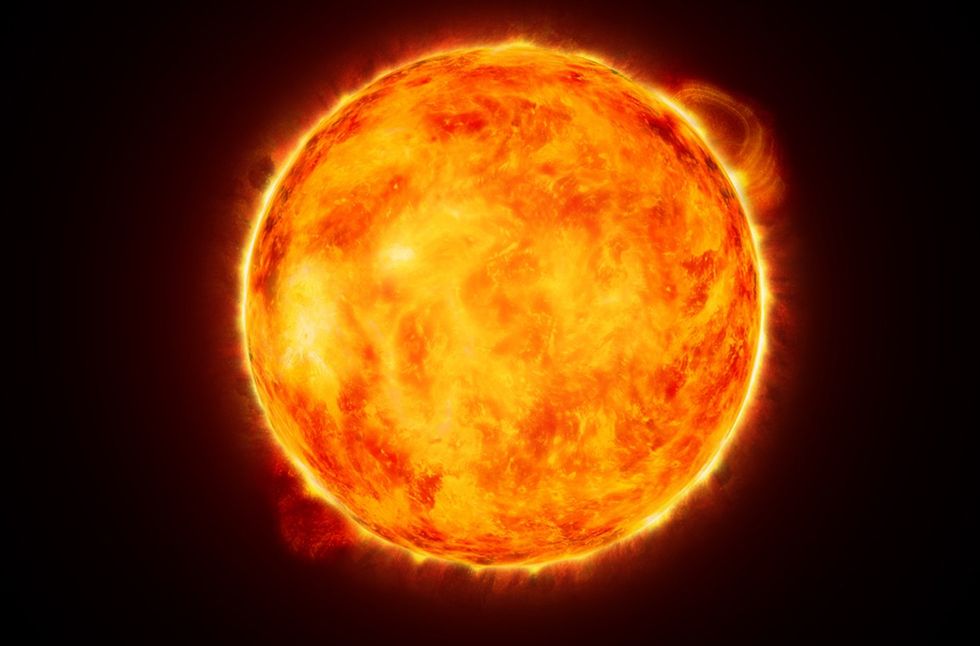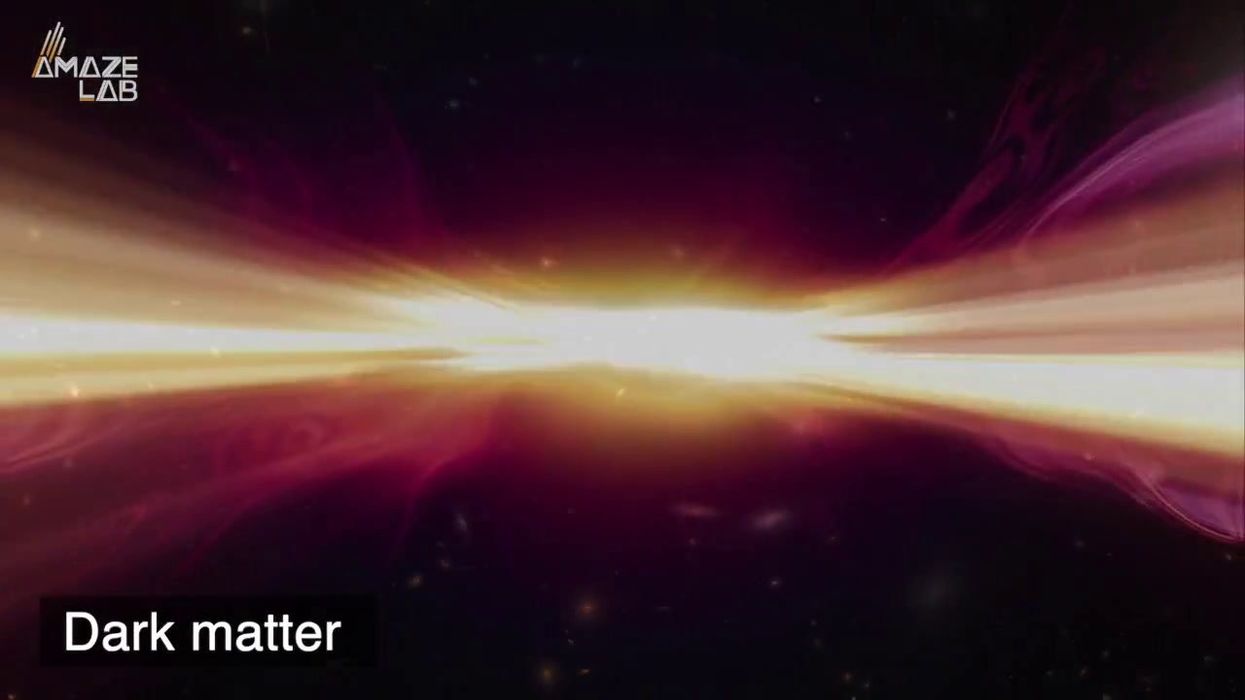Harry Fletcher
Feb 28, 2023
ESA’s New Space Telescope Could Finally Give Us an Understanding of Dark …
content.jwplatform.com
The sun is the source of all life in our galaxy, and now it turns out it’s actually giving off a signal which resembles a ‘heartbeat’.
A signal which repeats every 10 to 20 seconds has been detected by a team of scientists at the New Jersey Institute of Technology (NJIT).
It’s been pinpointed to a solar flare located 3,106 miles above the surface of the sun, and the new findings could lead to a deeper understanding of solar storms.
The signals are known as quasi-periodic pulsations (QPP), and they’ve proven points of contention in the scientific community for many years – and this is the most significant development in recent times.
Sign up for our free Indy100 weekly newsletter
Co-author of the findings Sijie Yu said in a statement: “The discovery is unexpected. This beating pattern is important for understanding how energy is released and is dissipated in the Sun's atmosphere during these incredibly powerful explosions on the sun."

Lead author Yuankun Kou, a Ph.D. student at Nanjing University (NJU) compared the signal to a heartbeat.
It was identified at the base of the electric current sheet, and while QPPs have been observed before, it’s the first time one has been identified in the magnetic reconnection region of a flare.
To add to the significance of the findings, they found not one, but two signals in the flare.
“The repeating patterns are not uncommon for solar radio bursts, but interestingly, there is a secondary source we did not expect located along the stretched current sheet that pulses in a similar fashion as the main QPP source,” the study read.
“The signals likely originate from quasi-repetitive magnetic reconnections at the flare current sheet. This is the first time a quasi-periodic radio signal located at the reconnection region has been detected. This detection can help us to determine which of the two sources caused the other one.”
It’s not the first time scientific discoveries focused on the sun have made headlines over recent weeks.
The star has been captured in a whole new light over recent days, and astronomers are having a hard time explaining it – with part of the sun appearing to break away from the surface.
Light that has never been witnessed until now has been spotted radiating from the sun by the Nuclear Spectroscopic Telescope Array (NuSTAR). The images showed the areas of the surface-emitting high-energy and low-energy X-rays by the hottest areas of the star.
Have your say in our news democracy. Click the upvote icon at the top of the page to help raise this article through the indy100 rankings.
Top 100
The Conversation (0)














